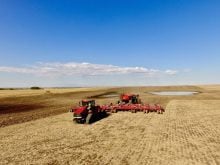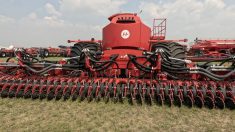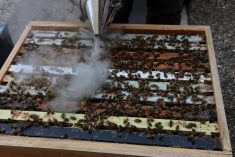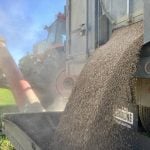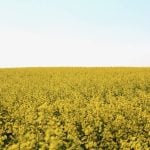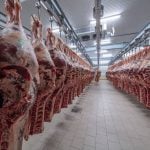Significant seeding progress was made this past week as 38 per cent of the crop is now in the ground, ahead of the five-year average (2014-2018) of 31 per cent for this time of year. Crops are slow to emerge due to cool conditions.
Seeding is furthest advanced in the southeastern region, where 53 per cent of the crop is in the ground. Fifty-two per cent of the crop is seeded in the southwest, with 31 per cent seeded in the east-central region, 32 per cent in the west-central region, 22 per cent in the northeast and 28 per cent in the northwest.
Read Also

Claas brings 1000 Series SP forage harvesters to Canada
In mid-August, Claas unveiled its new line of Jaguar forage harvesters at an event in Visalia, California, deep in the heart of that state’s dairy region.
Rainfall was reported this past week throughout the province. The Nipawin area received the greatest amount: 21 mm. Most regions of the province need rain to help alleviate dry field conditions.
Provincially, cropland topsoil moisture is rated as one per cent surplus, 52 per cent adequate, 40 per cent short and seven per cent very short. Topsoil moisture on hay land and pasture is rated as 46 per cent adequate, 40 per cent short and 14 per cent very short. Hay and pasture growth has been slow due to little rainfall and cool conditions.
Winter wheat assessments are continuing as fields green up and temperatures rise. Farmers are busy seeding, working fields, controlling weeds and moving cattle.




